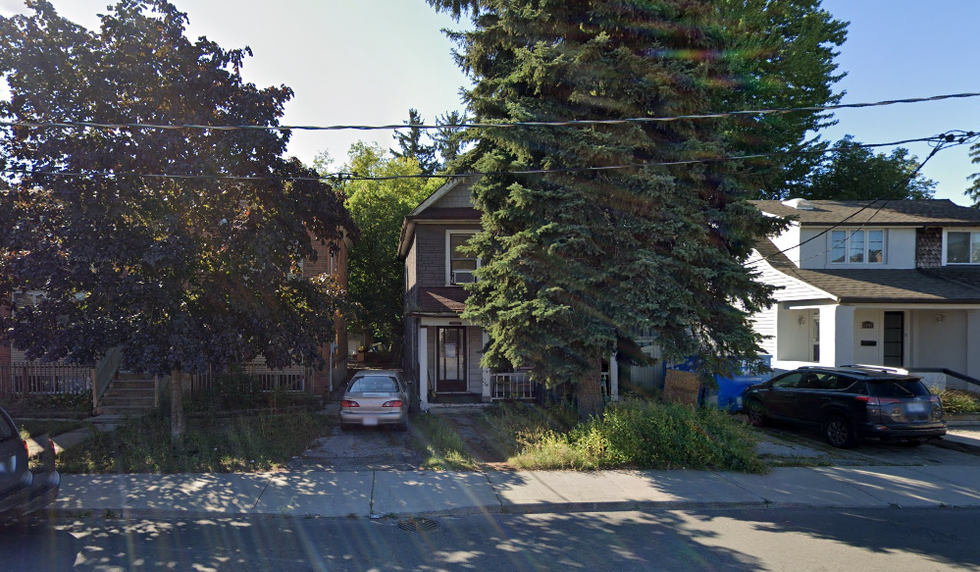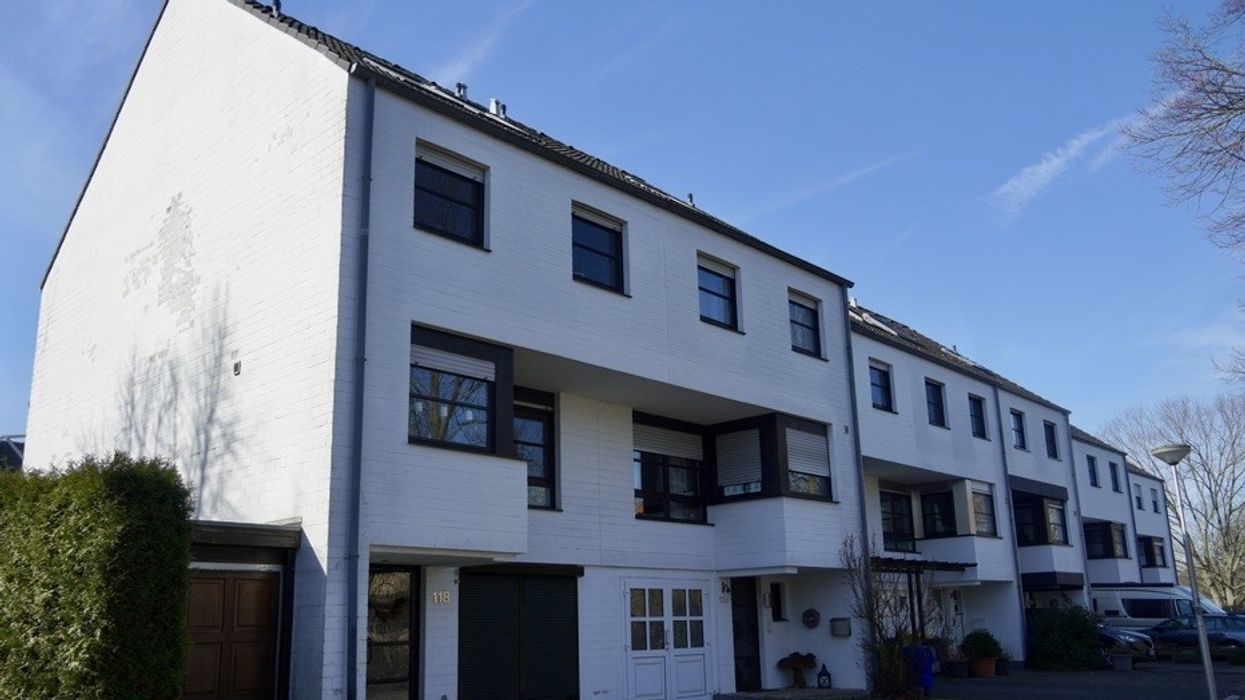For years, city officials and urban planners have been championing the need for more missing middle housing in Toronto -- projects like duplexes, triplexes, and small multi-family buildings -- to help alleviate the area’s housing shortage and ease the rapid escalation of home prices by allowing for more supply.
One local developer, Adam Prochilo, is seeking to do just that. He’s building the first of what he hopes will be a series of multiplexes that would add “gentle intensification” to some of Toronto’s neighbourhoods of largely detached and semi-detached homes.
Yet despite calls for more projects like his, Prochilo says his experience navigating the city’s approval and permitting process has been challenging at times, with some parts of the process involving excruciatingly long waits.
Prochilo, co-founder of Urbinco, says it took about 18 months from when the company first filed an application with the Committee of Adjustment, which makes decisions on minor variances -- from the zoning bylaw to the time he received a building permit.
“One of the biggest challenges we see today is the city is overwhelmed with applications,” he says.
To be sure, the pandemic was to blame for some of the delays, but analysts say the time from when an application is submitted to when a hearing with the Committee of Adjustment is booked has lengthened over the years.
“In the past, it took 30 to 60 days to get a hearing. Now, it can take six to eight months in some parts of the city,” David Wilkes, president and CEO of the Building Industry and Land Development Association (BILD), wrote in a recent editorial.
“All told, it can take as long as a year for a project to go through the entire approval process with the City of Toronto.”
The city says its Planning Division has faced labour shortages but has continued to approve an average of 28,000 housing units per year over the last five years.
“Accelerating the approval process, while ensuring new developments deliver on key city-building objectives, is a core goal for the city and a key driver of the city’s new [Concept 2 Keys] initiative,” a city spokesperson said in an email, citing an effort that supports affordable housing.
Urbinco’s new project on Gerrard Street in the Upper Beaches area will be a three-story structure containing four market-rate units, each spanning between 1,000 and 1,500 square feet with three bedrooms and two bathrooms. Prochilo says the development, which will replace a two and a half storey detached dwelling, will provide options to high-rise living while adding density in a less intrusive way.

Prochilo says he’s received positive feedback from city staff that what he’s building is the type of development Toronto needs more of. But the delays he’s experienced have been costly, especially in a softening housing market.
“Throughout this post-Covid correction in pricing, every month costs us additional dollars — let alone mortgage hikes, carrying costs, construction costs, management costs. It’s all additional costs,” he says.
Prochilo stands to benefit, however, from a new city policy that eliminates municipal development charges on certain missing middle housing types. Those charges, which developers pay when they receive a building permit, can run several hundred thousands of dollars for a fourplex. The funds are used to support infrastructure, community centres, parks, and new homes.
Development charges in Ontario can be as much as $135,000 per home — and in some cities, these costs have spiked by as much as 900% in less than 20 years, according to a provincial task force report on housing released earlier this year.
In July, City Council implemented a new policy exempting development charges on multiplexes with up to four units. The fees would be waived on second, third, and fourth units on a single property. Meanwhile, the city increased the charges for other types of properties by nearly 50%.
These exemptions are separate from the recently approved and hotly debated Bill 23, or the “More Homes Built Faster Act.” The bill allows multiple units as of right on all residential lots, cuts development fees, and bars residents or environmental groups from appealing a development to the Ontario Land Tribunal, among other changes.
For Porchilo, the municipal exemptions are a huge benefit. But should he want to build a fourplex with a laneway or garden suite, he would no longer be eligible for the development charge exemption at all.
“It kind of seems redundant to what they're trying to achieve, because if they want missing middle, four to six units should be that missing middle target,” Prochilo said. “And now you're going to penalize a developer for providing the extra unit or two.”
Christian Chan, a planning consultant who works with Urbinco on its development applications, also questions the city’s logic.
“To me, it's perfectly reasonable to have a fourplex and have a lane suite/garden suite also exempt from the development charges,” he says.
Meanwhile, the City says it is taking steps to improve the approvals process.
READ: It’s a Green Light for Toronto Garden Suites After All
In late October, Mayor John Tory said plans were underway to create a new development and growth division at the city to streamline the development applications process, cutting red tape and speeding up approval times.
“It is all to ensure that we cut through what has too often been an approval quagmire for people that are seeking to build new housing get new homes approved as quickly as possible,” he said.
Chan says he’s noticed city staff becoming more familiar with multiplex housing types — and that should ultimately help the process move faster. He also cites new policies for multiplex development the city is advancing as part of the Expanding Housing Options in Neighbourhoods initiative.
“A lot of these concepts and the zeitgeist surrounding the missing middle is starting to permeate into the planning department,” Chan says.
Still, he would like to see the city prioritize such housing developments when they come in.
“If the province and the city want to advance this notion of creating more housing supply, especially in multiplex and missing middle formats, then I think from a procedural standpoint they have to say … ‘We’re going to be basically putting them at the top of the pile,’” Chan said. “That’s the suggestion that I have if they want to walk the walk.”





















